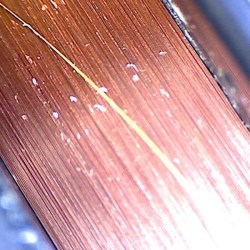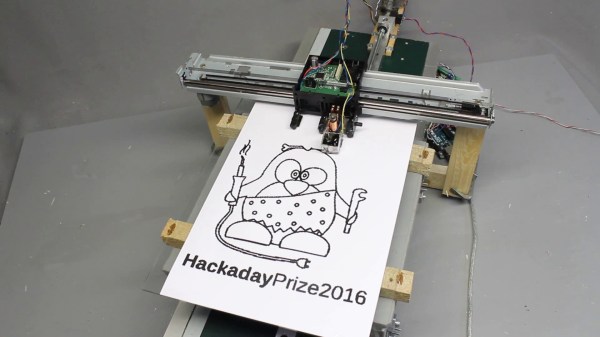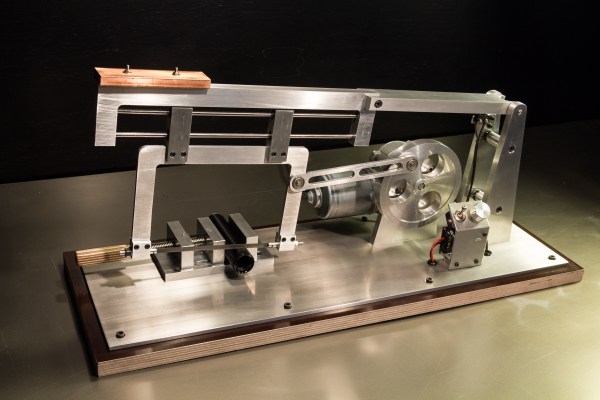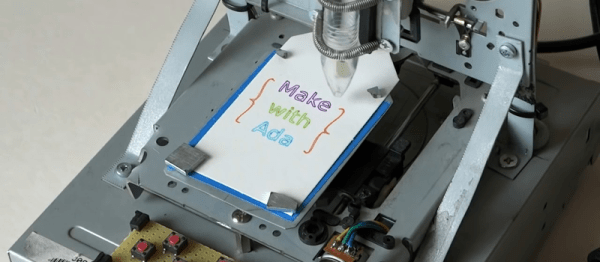[Caleb Peters] looked at the Shapeoko 3 CNC kit, a kit designed to make building an entry level CNC router a possibility for anyone, a kit to take the guesswork out of the equation, a kit that removes all those difficult technical barriers. He looked at all of that ease and thought, “nah.” He wanted to learn! So he decided to build one the hard way. Like the early American Pioneers, he’d build his Shapeoko from scratch, suffering piously all the while.
His goal was to build an improved iteration of the Shapeoko 3, for less than the price of the kit. The first problem was the rails the gantry would run on. Inventables wasn’t going to sell him the rails, and he wasn’t sure if the delrin wheels used would be able to hold the weight of his heavier design. After some strife he determined that aluminum hard coat rails and steel wheels should last long enough, and if the aluminum wore away, the more expensive steel rails were a drop-in replacement.
Similar problems were overcome at each step. He couldn’t exactly copy the Shapeoko design. The Shapeoko’s steel pieces can only be made on a larger machine like a waterjet or industrial laser. He did have a knee mill and managed to cleverly avoid the need with some slight redesign. He kept at it, doing cool things like drilling a hole through the housing of a wood router, used as the spindle, and putting a hall-effect sensor just behind the commutator and brush assembly to get a spindle rpm reading.
Fortunately for us, he documented it all very well and filmed a nine part video series; the last of which you can see after the break.























